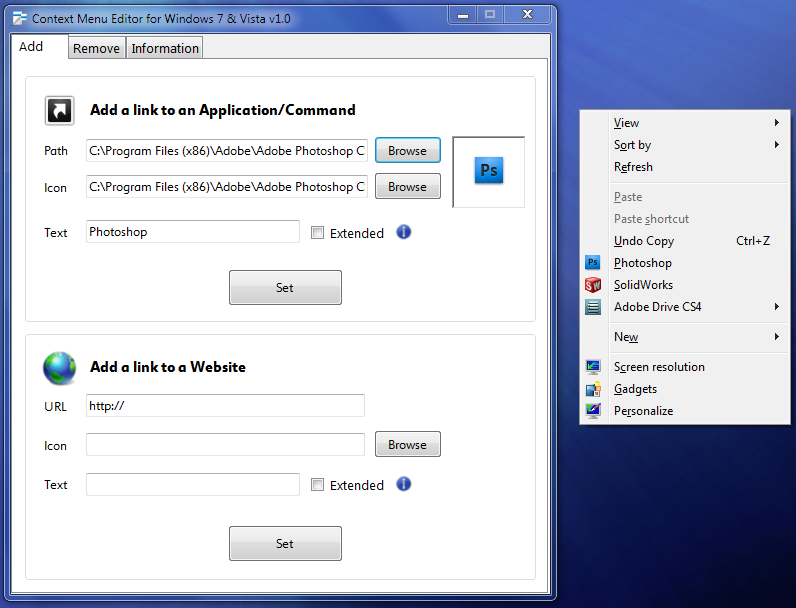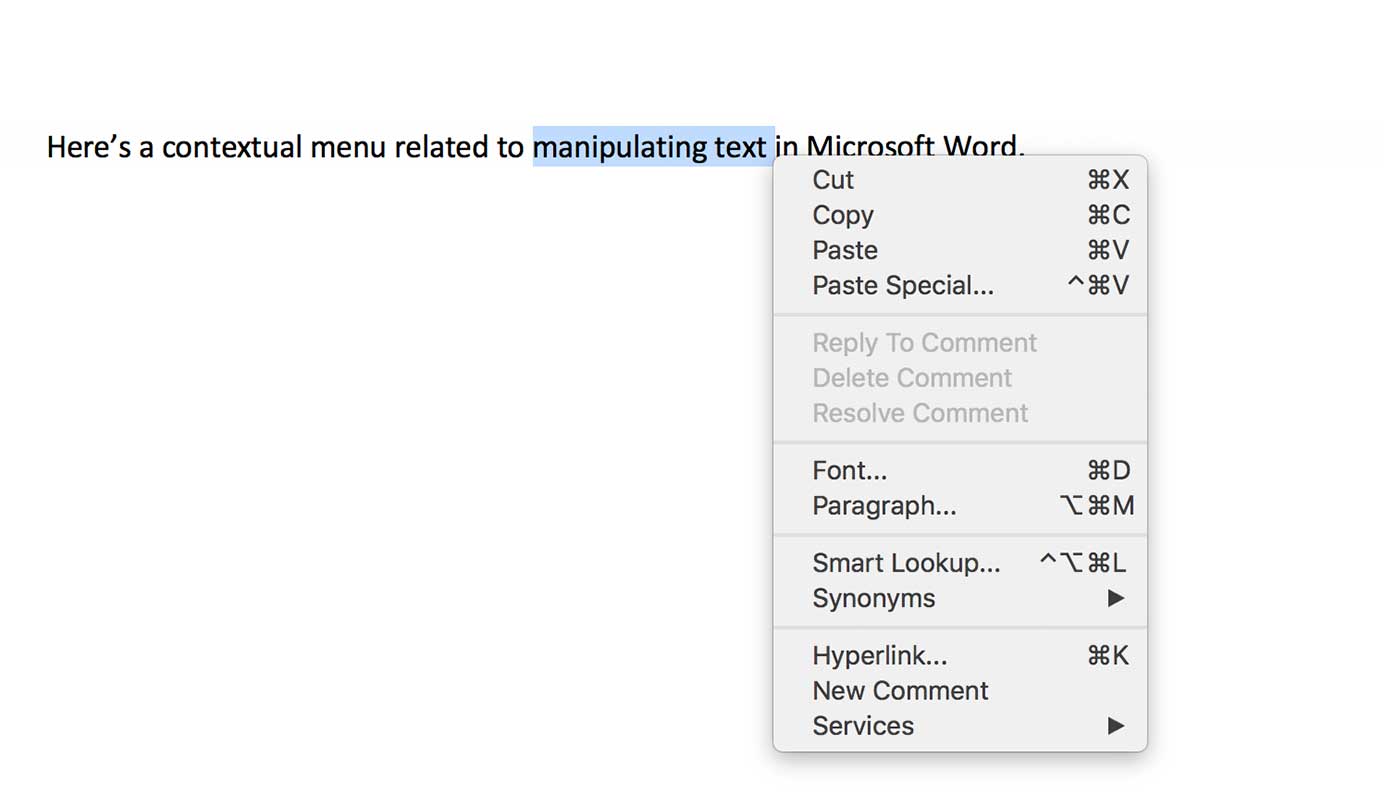


On mobile, the main interactions that reveal contextual menus include: Pressing the Control (Ctrl) button and then clicking.On desktop, the main interactions that reveal contextual menus include: Options presented to users in contextual menus should be the same, regardless of how users interact with the system to reveal these menus. They appear next to where the user clicks, taps, presses, or swipes, and the resulting actions vary based on the tap target. Triggers for Revealing Contextual MenusĬontextual menus usually aren’t triggered by a consistent UI element, gesture, or interaction. In this article, we’ll introduce several examples of contextual menus and discuss the interaction and visual factors to keep in mind when designing them. However, there are important usability considerations to keep in mind for each device type and system. This menu type also reduces interaction cost and cognitive load as users don’t have to parse through long lists of main-menu items to find what they need, nor do they have to continually return to the toolbar every time they wish to use certain commands.Ĭontextual menus exist across all operating systems, in both desktop and mobile applications. Offering a small subset of relevant actions in contextual menus helps users find exactly what they need for the task at hand. The contextual menu also contained commands to toggle the view of specific elements to show or hide in the status bar. Right-clicking the status bar in Microsoft Word revealed a contextual menu with commands that pertained to the entire document.

In Microsoft Word, highlighting a passage of text, holding down the Control key, and clicking the mouse revealed a contextual menu that contained only commands related to the selected piece of data. Usually, this context is given by the current selection or has otherwise been specified by the user before invoking the contextual menu. What is a Contextual Menu?ĭefinition: A contextual menu is a type of menu that appears on demand and contains a small set of relevant actions related to a control, an area of the interface, a piece of data in the application, or a view of the application. As such, an important user-interface element that narrows the set of available commands and associates them to relevant tasks is the contextual menu. The digital space is no different in any given application, there’s an abundance of tools to use, tasks to complete, menu options to explore, and commands to execute.

Just as bad: when there are too many tools around, we waste time looking for the right one or end up satisficing with a suboptimal tool, instead. Without the relevant tools, we waste time and are left feeling frustrated, lost, and confused. Having the right tools available in any given situation makes all the difference, especially when it comes to correctly and efficiently getting things done.


 0 kommentar(er)
0 kommentar(er)
